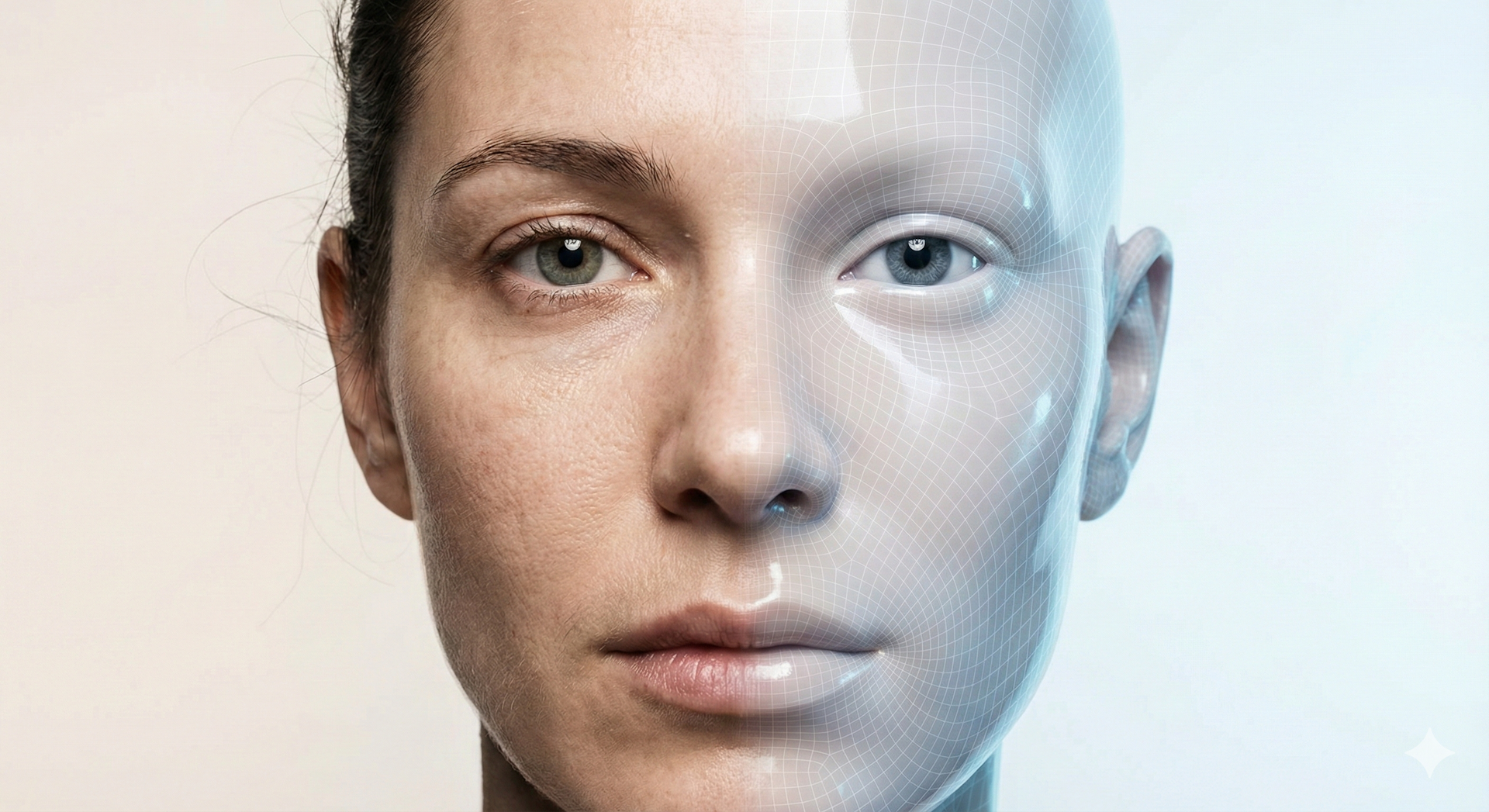Brain science should be making prisons better, not trying to prove innocence
Hollywood pushes a fantasy version of what neuroscience can do in the courtroom. But the field does have real benefits to offer, right now: solid evidence on what would improve prisons.

Every week, I wait for the cold steel bars to close behind me, for count to be called, and for men who have years – maybe the rest of their lives – to spend in this prison to come talk with me. I am a clinical psychologist who studies chronic antisocial behavior. My staff and I converted an office in a Connecticut state prison into research space that allows us to measure neural and behavioral responses.
Recently, Joe, a man serving a life sentence, came into our prison lab. Before I could even review our research consent form, he said, “You know it is all about the brain.” Joe asked if we could provide evidence that “something” in his brain was responsible for his crime. If not, could we just “zap” his brain to remove bad “stuff,” like on TV?
In that moment, I realized that he, like many other inmates and people in the general public, holds unfounded expectations about the wonders of neuroscience. They believe that researchers like me now can so clearly trace connections between brain and behavior that we can use our knowledge to determine guilt or innocence, decide criminal sentences or definitively assess risk and needs.
These expectations place a great burden on a science still in its infancy. There are many concerns about the appropriate use of neuroscience in a criminal justice setting. But there are plenty of well-supported neuroscientific findings that could make a real difference in our correctional system right now – both for those who are incarcerated and everyone else.
What’s still neuroscience fiction
Despite what Hollywood portrays in TV shows like “Law & Order” or in movies like “Side Effects” and “Minority Report,” much of the science that makes for good entertainment doesn’t actually exist.

For instance, despite Joe’s request, we can’t just peek into a brain and see clear evidence of innocence or guilt. A brain scan can’t show beyond a reasonable doubt that certain structures or abnormalities affected the mental state of a particular individual at the time of a crime. Electrical activity in the brain as measured by an EEG can’t distinguish between criminal conduct and common forms of antisocial behavior such as lying or cheating – qualitatively different behaviors.
As of yet, there’s no neuroscience measure that can predict whether an individual will engage in criminal conduct in the future. And neuroscience is no better at providing mitigating evidence during sentencing than other more reliable and less expensive tools, like a history of exposure to violence.
Unfortunately, when neuroscientific assessments are presented to the court, they can sway juries, regardless of their relevance. Using these techniques to produce expert evidence doesn’t bring the court any closer to truth or justice. And with a single brain scan costing thousands of dollars, plus expert interpretation and testimony, it’s an expensive tool out of reach for many defendants. Rather than helping untangle legal responsibility, neuroscience here causes an even deeper divide between the rich and the poor, based on pseudoscience.
While I remain skeptical about the use of neuroscience in the judicial process, there are a number of places where its findings could help corrections systems develop policies and practices based on evidence.

Solitary confinement harms more than helps
Take, for instance, the use within prisons of solitary confinement as a punishment for disciplinary infractions. In 2015, the Bureau of Justice reported that nearly 20 percent of federal and state prisoners and 18 percent of local jail inmates spent time in solitary.
Research consistently demonstrates that time spent in solitary increases the chances of persistent emotional trauma and distress. Solitary can lead to hallucinations, fantasies and paranoia; it can increase anxiety, depression and apathy as well as difficulties in thinking, concentrating, remembering, paying attention and controlling impulses. People placed in solitary are more likely to engage in self-mutilation as well as exhibit chronic rage, anger and irritability. The term “isolation syndrome” has even been coined to capture the severe and long-lasting effects of solitary.
At first glance, replacing solitary confinement with other forms of disciplinary action may appear only to improve the lives of inmates, always a hard sell for the public and for some politicians. But keeping prisoners isolated for 23 hours a day also poses grave dangers for correctional personnel who need to manage and interact with someone who is now even more likely to act out, be less able to follow direction and who perceives the environment in a distorted way.
The use of solitary actually exacerbates the problems it tries to address. And when inmates are released to the community, they bring all the negative consequences of this treatment with them.
Living within a prison environment
A neuroscience-informed approach would also suggest a number of improvements to today’s overburdened American prisons.
The Prison Ecology Project maps the intersection of mass incarceration and environmental degradation. It reports that at least 25 percent of California state prisons have been cited for major water pollution problems. In Colorado, 13 prisons are located in contaminated areas that violate standards set by the Environmental Protection Agency. And in several other states there are known ecological violations in overpopulated prisons.
Overcrowding contributes to deficits in the neural mechanisms needed for managing stress. Noise pollution increases stress hormones and cardiovascular risks. Ecological toxins, such as inadequate sewage and waste disposal, poor water quality, and the presence of asbestos and lead produce deficits and dysfunctions in brain and behavior. These factors negatively affect brain regions responsible for emotion, cognition and behavioral control and worsen already problematic behavioral tendencies.
Importantly, the effects are felt not only by the inmates. Prison personnel work long hours in the same environment. Correctional officers have higher rates of mortality, stress disorders, divorce, substance abuse and suicide than workers in many other occupations. They, along with inmates, are being poisoned by an environment that is toxic on a number of levels. Their families and communities feel the effects, too, when these workers return home suffering the physical and mental health consequences of such dangerous conditions.
Neuroscience approaches to mental health
On any given day, up to a fifth of incarcerated American adults suffer from serious mental illness. Personality, mood, trauma and psychotic disorders are prevalent; substance use disorders are widespread. These disorders often are linked to impulsivity and violence.

Neuroscience can help replace the current “one size fits all” approach to treating the sorts of personality and substance use disorders that affect so many incarcerated individuals. These disorders have various subtypes, each with different underlying mechanisms that have different appropriate treatments. Whether through the use of psychotherapy or psychopharmacology, treating them all the same can actually worsen symptoms and contribute to recidivism.
My own research provides one successful example of how neuroscience can help practitioners target treatment to specific skills deficits particular to various offenders. We found that six weeks of computerized cognitive training aimed at helping inmates with specific cognitive-affective dysfunctions – such as paying attention to different pieces of information in their environment or acting without overreacting to emotion – resulted in significant neural and behavioral changes. By matching the treatment to the underlying cognitive-affective dysfunctions, we were able to change the neural and behavioral problems of some of the most hard-to-treat offenders.
Similarly, there is evidence that strategies targeting empathy in specific types of offenders lead to lasting behavior change, even in populations considered to be the most recalcitrant.
A more personalized treatment approach is very cost-effective, both in terms of resource utilization and its effect on recidivism. Unfortunately, it’s not currently the norm in most prison mental health programs or, for that matter, in treatment outside the prison system.
Using the solid neuroscience we do have
So, for now, Joe, I’m sorry we cannot help “prove” your lack of criminal intent and I don’t think that we are going to be “zapping” your brain any time soon.
But neuroscience can improve the current criminal justice landscape, which is plagued by racial, ethnic and economic disparities. Strategies based on robust, empirical neuroscientific evidence can provide win-win outcomes for correctional personnel, inmates and society at large. Improving conditions for all those who work and live on the inside will also improve public safety when inmates are released.
Arielle Baskin-Sommers receives funding from National Institutes of Health and the Harry Frank Guggenheim Foundation.
Read These Next
Midlife weight gain can start long before menopause – but you can take steps early on to help your b
What you do in the years leading up to menopause can help counter the natural hormonal effects of aging,…
New materials, old physics – the science behind how your winter jacket keeps you warm
Winter jackets may seem simple, but sophisticated engineering allows them to keep body heat locked in,…
Deepfakes leveled up in 2025 – here’s what’s coming next
After a year of fast advances, deepfakes are entering a new era defined by real-time interaction with…






